
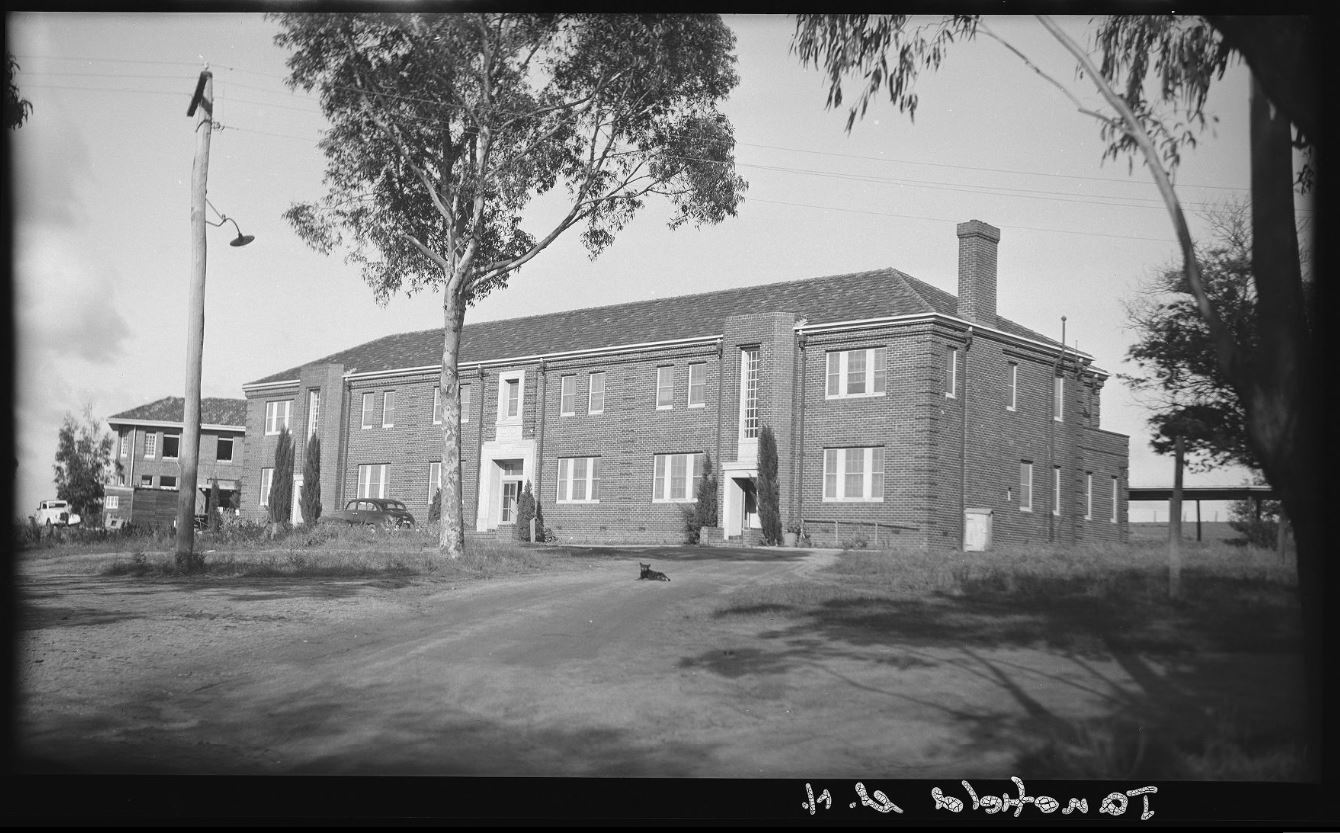
This is a photographic negative of the Janefield Colony, also known as the Janefield Training Centre or Janefield Mental Hospital. It shows a long two-storey brick building with three front doorways with white render and brick surrounds. Two cars can be seen parked in front of the building, and there is a dog sitting in…
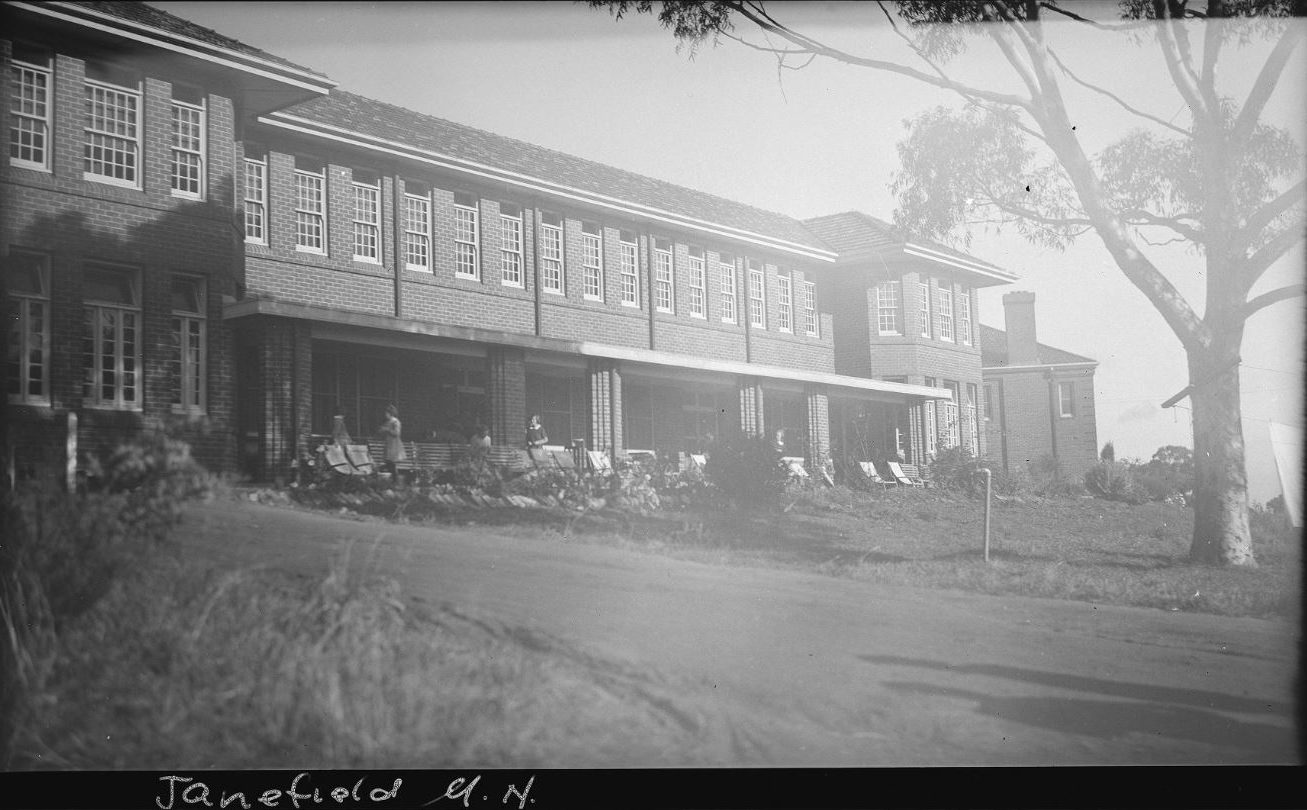
This is a photographic negative of the Janefield Colony, also known as the Janefield Training Centre or Janefield Mental Hospital. It shows a long two-storey brick building with white windows, and a wide brick verandah. Several young girls all wearing dresses with white peter-pan collars can be seen standing on the verandah. The building is…
The Health Commission of Victoria was established in 1978 by the Health Commission Act 1977. It took on the responsibilities previously administered by the Mental Health Authority, Department of Health, Commission of Public Health, and the Hospitals and Charities Commission. The Health Commission had three divisions: the Public Health Division, the Hospitals Division, and the…
Northern Territory Administration – Welfare Branch – interstate visits 1961-1966 [reference copy] is a file held by National Archives of Australia. It is located at the Darwin office. The records relate to the Part Aboriginal Education Scheme, an initiative of the Northern Territory Welfare Branch. After the passage of the 1953 Welfare Ordinance the Director of…
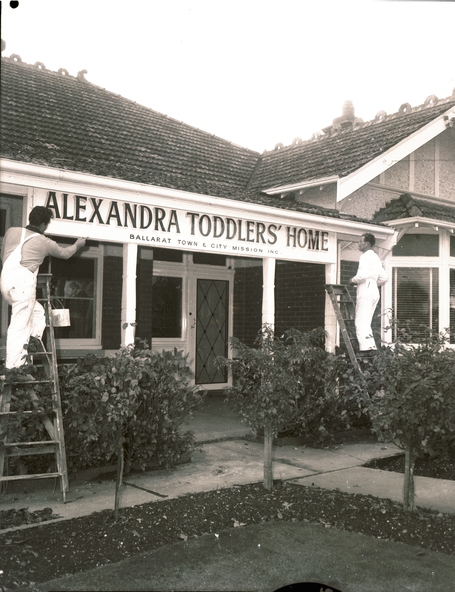
This is a copy of a photograph showing new signage being erected at the entrance of the Alexandra Toddlers’ Home, run by the Ballarat Town and City Mission.
This is a small collection of microform records about St Augustine’s Orphanage, Geelong, held by the State Library of Victoria. It includes copies of the Admissions and Discharges register dated 1857-1878, which contains the names and brief details about children admitted to and discharged from the orphanage during that period. It also includes copies of…
Access Conditions Records more than 99 years old are restricted from public access. Contact the Care Leavers Records Service. Records Ballarat Town and City Mission records is a collection of records that relate to a number of institutions in Ballarat: Alexandra Babies’ Home, Mission Rescue and Children’s Home, Canadian, George Street Children’s Home and Ballarat…
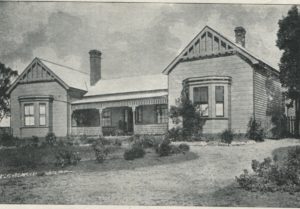
This is a copy of a photo of the Canadian Rescue and Children’s Home from around 1917.
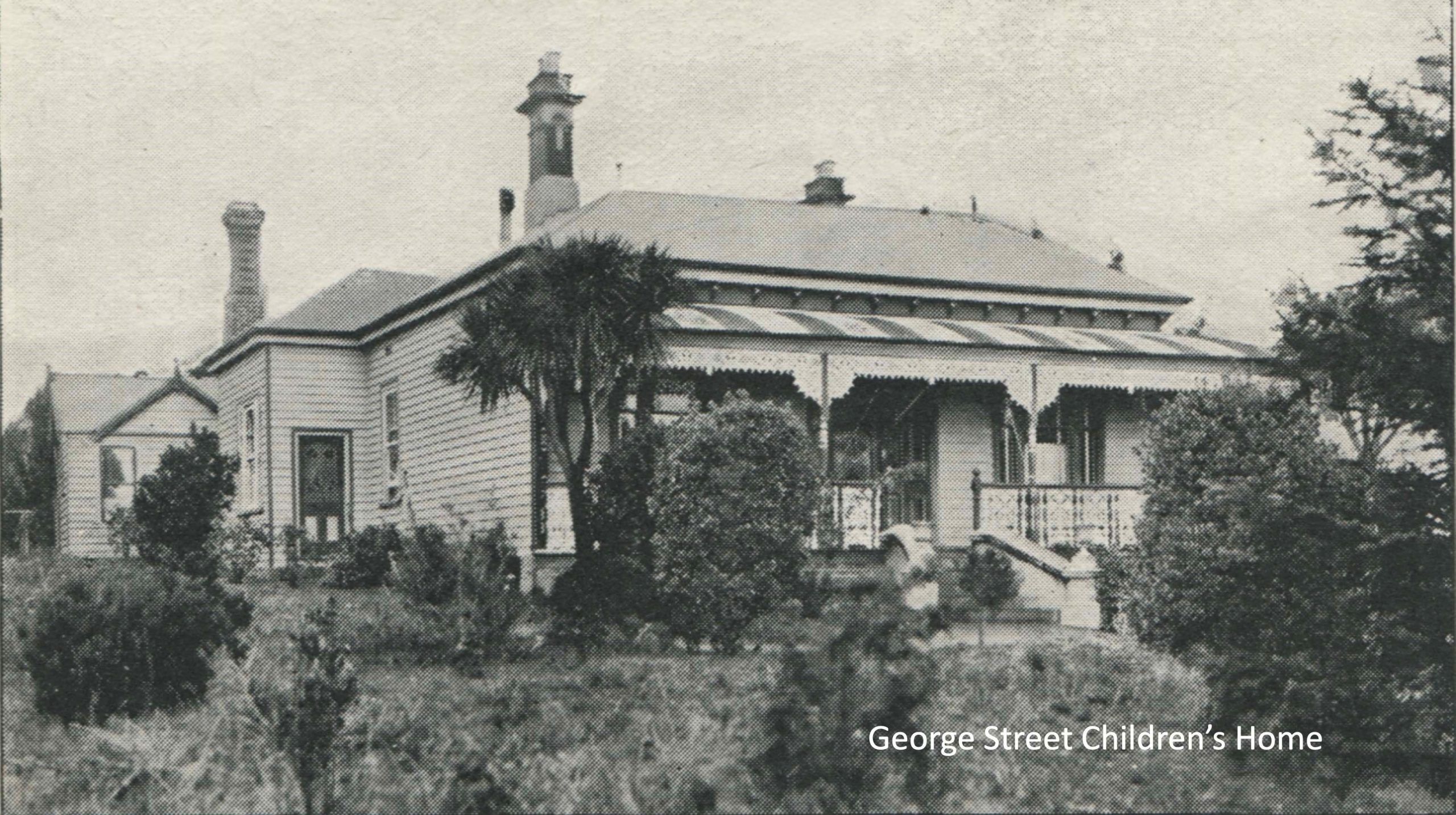
This is a copy of a photograph of the George Street Children’s Home.
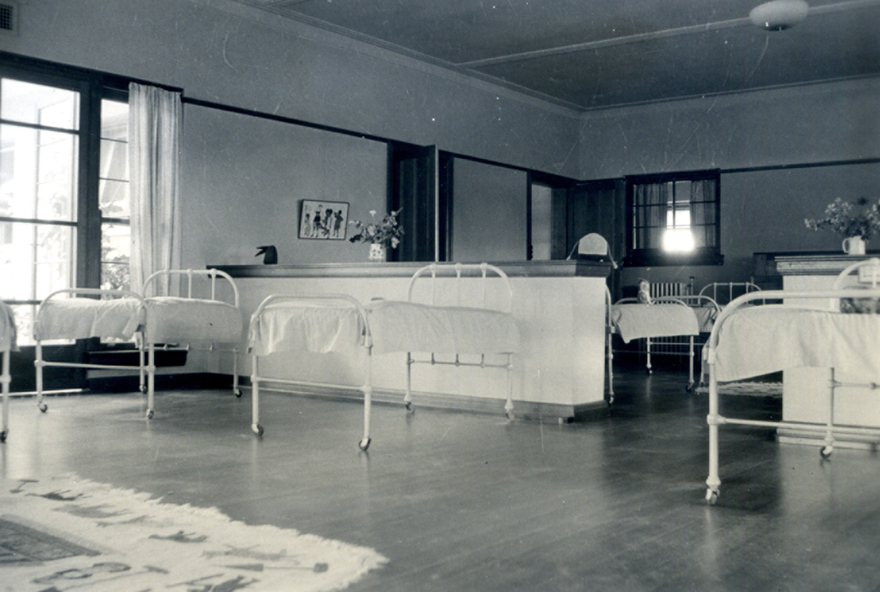
This is a copy of a photograph from the collection of the Whitehorse Historical Society, showing the nursery at Forest Hill Residential Kindergarten.